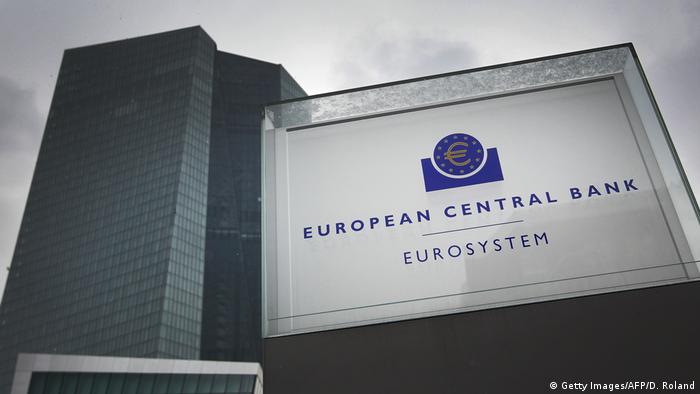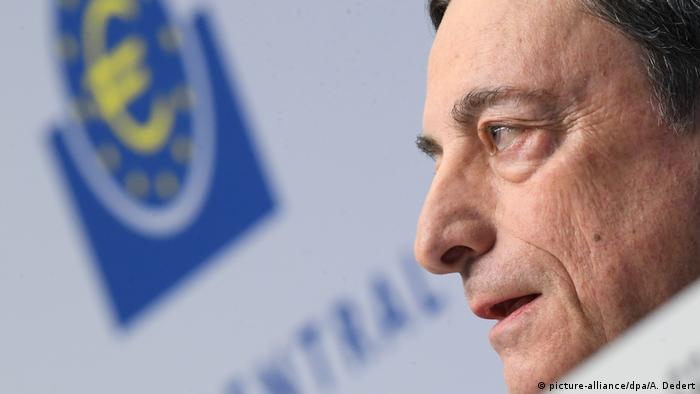Actually wanted to say good-bye to the European Central Bank slowly from its policy of cheap money. However, because the economy falters, there is soon Squirting new money. The key rate remains unchanged low.

A period of three months can be quite long. Last December, the European Central Bank ECB had a the end of their multibillion-dollar bond-buying program announced: The goals seemed within reach, the inflation rate has moved higher, and economic growth at a good rate. Now, in March, sees things differently.
Like many other researchers, professionals, and institutions looks now, the ECB is sceptical in the future. More than 1.1 per cent is not likely to grow the economy in the current year, ECB chief Mario Draghi in Frankfurt on Thursday to the growth prospects of the 19 member States in the Eurozone. ECB chief economist Peter Praet had recently warned even prior to a possible downward spiral: “The economic climate in the Eurozone has changed fundamentally, and not just temporarily.”
The means, to resort to the monetary authorities, long-term loans, more precisely Tltro (“Targeted longer-term refinancing operations”). Are meant to be long-term loans to commercial banks at very favorable conditions. The more banks expand their loan amount, the cheaper the loan is. The program is set to start in September 2019.
Leizins remains at zero
The ECB also announced that the key interest rates until at least the end of the year 2019 so as not to interfere. So far, the monetary authorities had put the possibility of a rate increase after the summer. The key interest rate to provide the commercial banks with money, is in March 2016 at a record low of 0.0 percent.

Sceptical: ECB President Mario Draghi
Critics see in the resume of the programs for cheap money already trying crisis instruments permanently, such as Bundesbank chief Jens Weidmann in these days in the “Frankfurter Allgemeine Zeitung”. Weidmann was also one of the sharpest critics of the ECB purchase programme, the Central Bank huge amounts of euros through bond purchases in the markets has pumped. Since the beginning of the bond purchases in March 2015 until the end of 2018, the ECB has purchased securities in the amount of about 2.6 trillion euros.
Inflation and growth
The purchase programme was aimed, on the one hand, to push the inflation rate close to the ECB target of two percent. The target has been missed – even if it looked otherwise in the meantime. The inflation rate in the Eurozone in February was 1.5 percent, in January, at 1.4 percent. For the full year, the Central Bank now predicts 1.2 percent.

The second objective of the monetary authorities was to strengthen the economic growth, or at least not hinder it. And because urgent action seems to be urgently needed. All the pundits are now agreed that the times are significantly rougher. The forecasts for 2019 range from a growth in the range of only one percent (the OECD, the Organisation for economic co-operation), up to 1.6 percent – this is the adoption of the International monetary Fund IMF for the Eurozone. The Frankfurt Central bankers with their forecast of 1.1 percent in the more pessimistic end.
Whether the Instrument of long-term loans to help? It is intended to encourage the commercial banks easier lending to businesses seem to be adequate, the need urgent. Observers expressed the fear that the more carefully active banks could use the fresh funds, older and more expensive liabilities.
The ECB has surprised with its announcement at least “almost all”, – said the chief economist of ING Bank, Carsten Brzeski. “The timing – not the content – the announcement comes at a surprising and has something of a panic,” said Brzeski.
ar/bea (dpa, rtr)